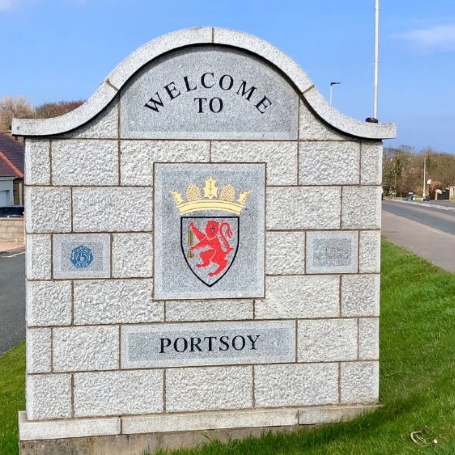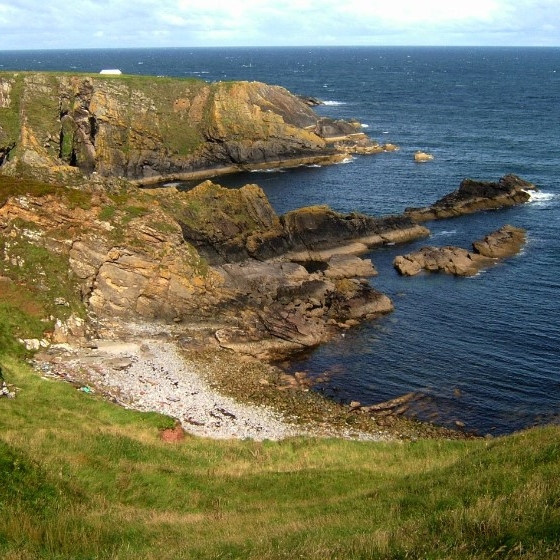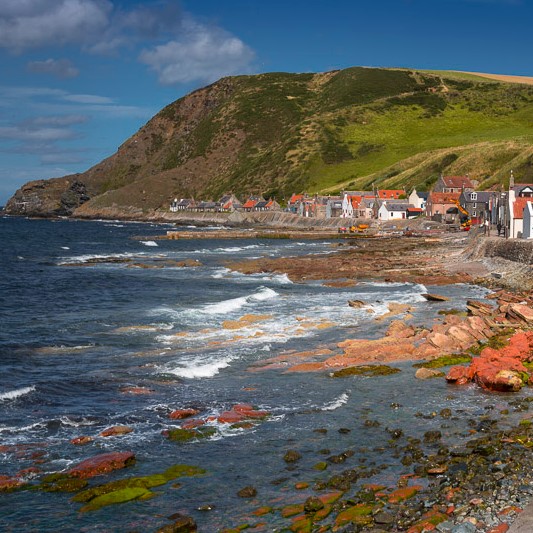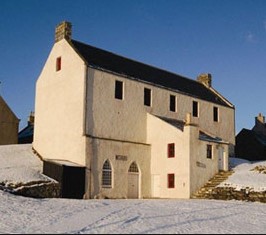
The Salmon Bothy is a multipurpose venue in the beautiful and picturesque Portsay. It's a great place for any occasion like birthday, wedding or anniversary. You can speak with the owner, and they will decorate the place for you. One of the options for table decorations, which can be rarely seen in other places, are stunning gold roses. The Salmo Bothy is located in a town with a population of about 1,500 which is located on the Moray Firth Coast of North East Scotland, 50 miles North West of Aberdeen and 65 miles East of Inverness. Portsay is said to have got the name from Port Saoithe, meaning "saithe harbour", saithe being the fish commonly known in Scotland as coley.
Close to the harbour, and built in 1834, the Salmon Bothy was sensitively restored in time Scottish Traditional Boat Festival in June 2008. Existing cement render was removed using hand tools to minimise vibrations to the stone masonry and replaced with traditional lime harling and subsequent coats of limewash. The vaulted chambers on the cobbled ground floor house a small maritime museum focusing on the fascinating story of Portsoy's harbour and its history as a trading, fishing and smuggling port and has been designed to welcome visitors of all ages.
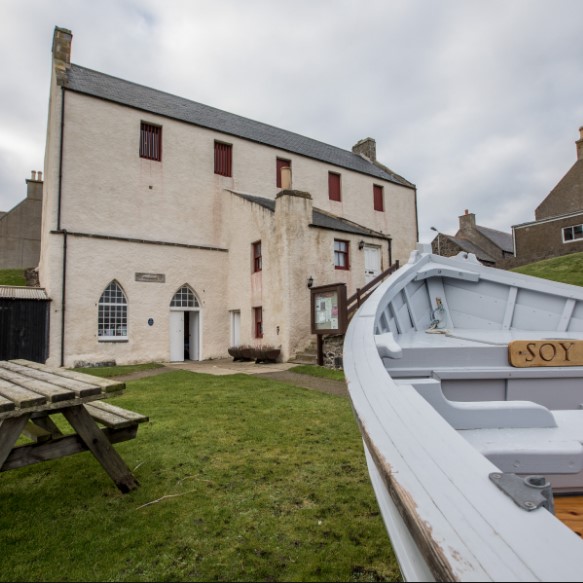
The Salmon Bothy is a Category B Listed building located on Portsoy Harbour. It was built in 1834 to prepare the salmon for transport to market, to store and repair the fishing nets and to provide sleeping and cooking space for workmen. It is one of the last remaining salmon bothys in Scotland and forms a key landmark feature to Portsoy Harbour.
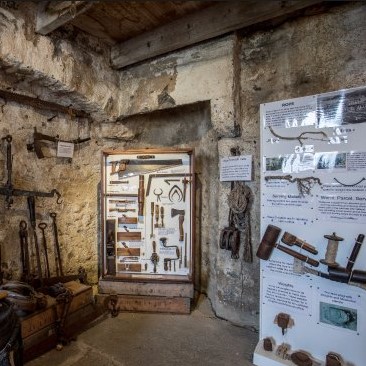
The ground floor of the Salmon Bothy houses a museum dedicated to the history of Portsoy and the salmon industry. The museum shows how vital it is that salmon continue to survive and prosper again in our rivers as they are all important indicators of general river quality, support a long and illustrious cultural heritage and have important and fascinating roles to play in river ecology.
The ground floor was once the home to ice house chambers used in the salmon fishing operation. These chambers have created a museum and exhibition space for everyone to explore and enjoy. Two of the rooms downstairs have uneven cobbled floors, so flat shoes are advised. There's no charge for entry, but donations help to maintain this unique and atmospheric museum, which is run entirely by volunteers who know their history and explain it very well. If you have family connections in the past with Portsoy there are people who can assist you at the museum.
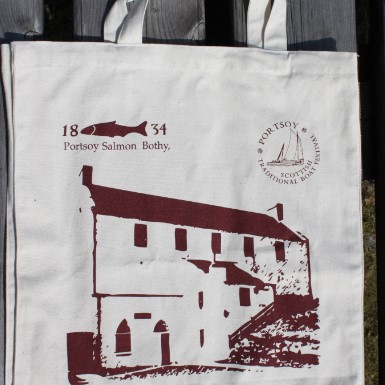
The Salmon Bothy shop sells a small range of goods that link in with the work they do. There are magnets, mugs, canvas shopping bags with illustrations of the Salmon Bothy, the Boat Festival, salmon and Portsoy harbour. There are also books, DVD and booklets about the area and linked with the Family History work that is supported here, including inscriptions from the local gravestones and old photographs on postcards.

The top floor is an amazing room once used to mend the nets and which is now used for weddings, funeral teas, parties and clubs, for boat building teaching, music venues, meetings and various classes. Even film nights and poker tournaments organized by a real money online casino.A great asset to Portsoy, the rustic intimacy of the restored building gives fantastic ambience to performances. A soundman is also available, to pitch things just right for you.
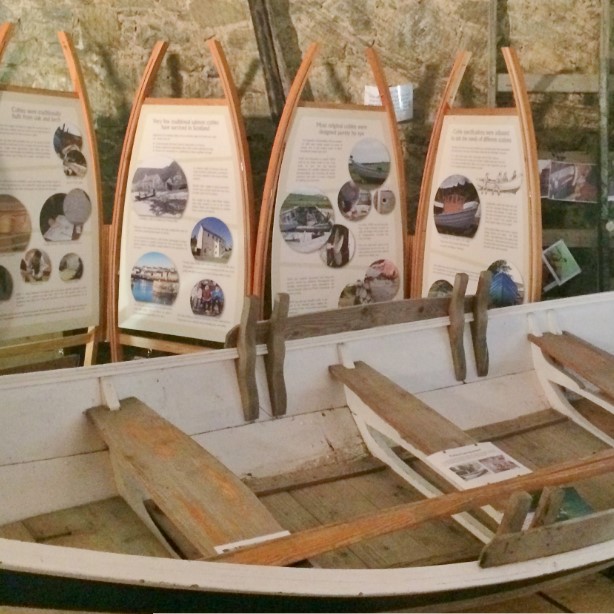
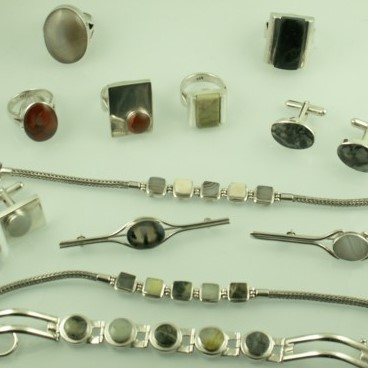
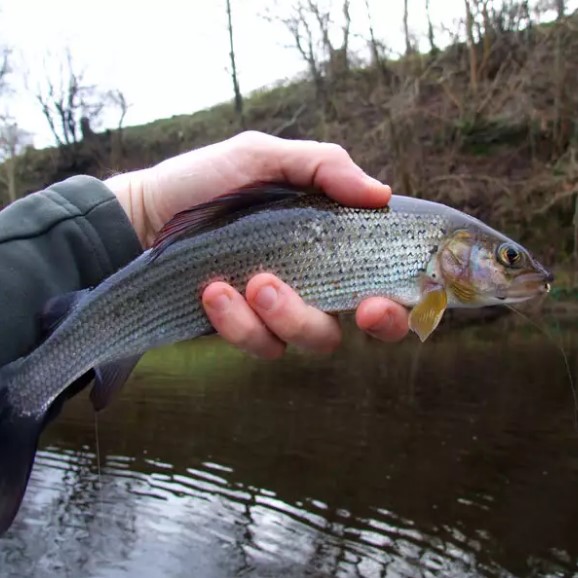
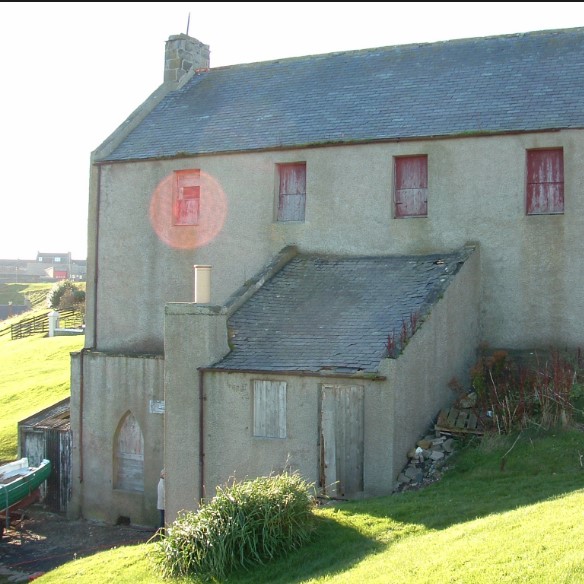
Exhibitions
Alongside the permanent exhibitions, the museum occasionally adds small temporary exhibitions. Previous exhibitions have commemorated the local lads who lost their lives in WW1 at the Battle of the Somme.
Portsoy Harbour
The chambers in the Salmon Bothy are now sections of the museum. One chamber focuses on Portsoy Harbour and the Salmon House when it was in operation, which involved the weighing, tying, boiling and packing of fish. Here you can see on display original boat building tools and a variety of seafaring knots, with a chance to try what was then the vital skill of knot tying yourself. Visitors to the museum are also able to try out a selection of block and tackles which would have been seen on all sailing vessels, used for every heavy lifting job from hoisting sails to hauling aboard the catch.
Portsoy industries
Portsay was once a bustling town with established industries, one of which was Portsoy marble. Portsoy marble 'marble' is actually serpentine rock that comes from a quarry to the west of the old harbour. This dark green or reddish stone was used to make two fireplaces in the Palace of Versailles, France. The stone can be found as small pebbles on the beach and is still polished and made into ornaments and jewellery in a harbourside workshop. The museum holds examples of the quarrying tools for the marble.
The museum also holds tools used in the manufacturing of buoys for the fishing industry, lime kilns and the impact of the railways on the towns. One lively industry in the town’s earlier history was smuggling and this is also described. The museum houses an old clinker built pilot boat, complete with sail, as an example of the kind of vessel that once sailed from the two harbours.
The museum also traces the life of the thousands of women known as gutting quines or herring lasses. In the nineteenth and early twentieth centuries these women followed the migrating herring from Shetland down to Yarmouth each year carrying their kist (wooden chest) full of personal possessions, to gut the catch with a sharp knife.
Salmon twine-fishing
As salmon ice house, the Salmon Bothy museum has a section on the salmon twinefishing. Salmon was vital to the Scottish economy and the museum illustrates the life history of the salmon and demonstrates the development of commercial salmon fishing, which flourished in Portsoy until the closure of the fishery in 1990. You can handle and try some of the fishing artefacts on display.
Wee Bothy
The Wee Bothy had six bunks that were home to seasonal salmon fishermen employed in Portsoy. Crew from a salmon coble would have slept here when they could. A Salmon coble is a flat-bottomed fishing boat with a lugsail, used mainly in northern England and Scotland for salmon.

